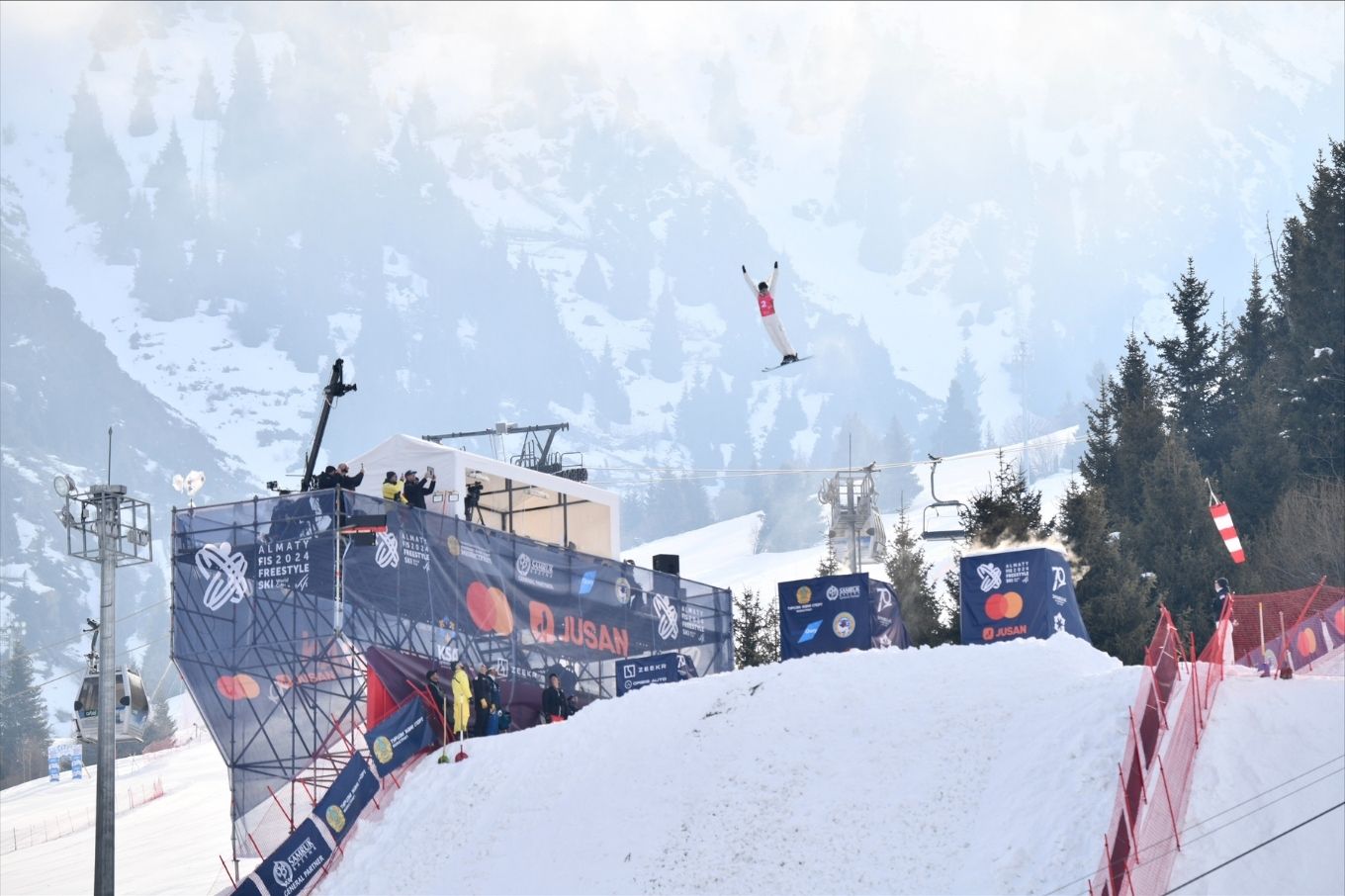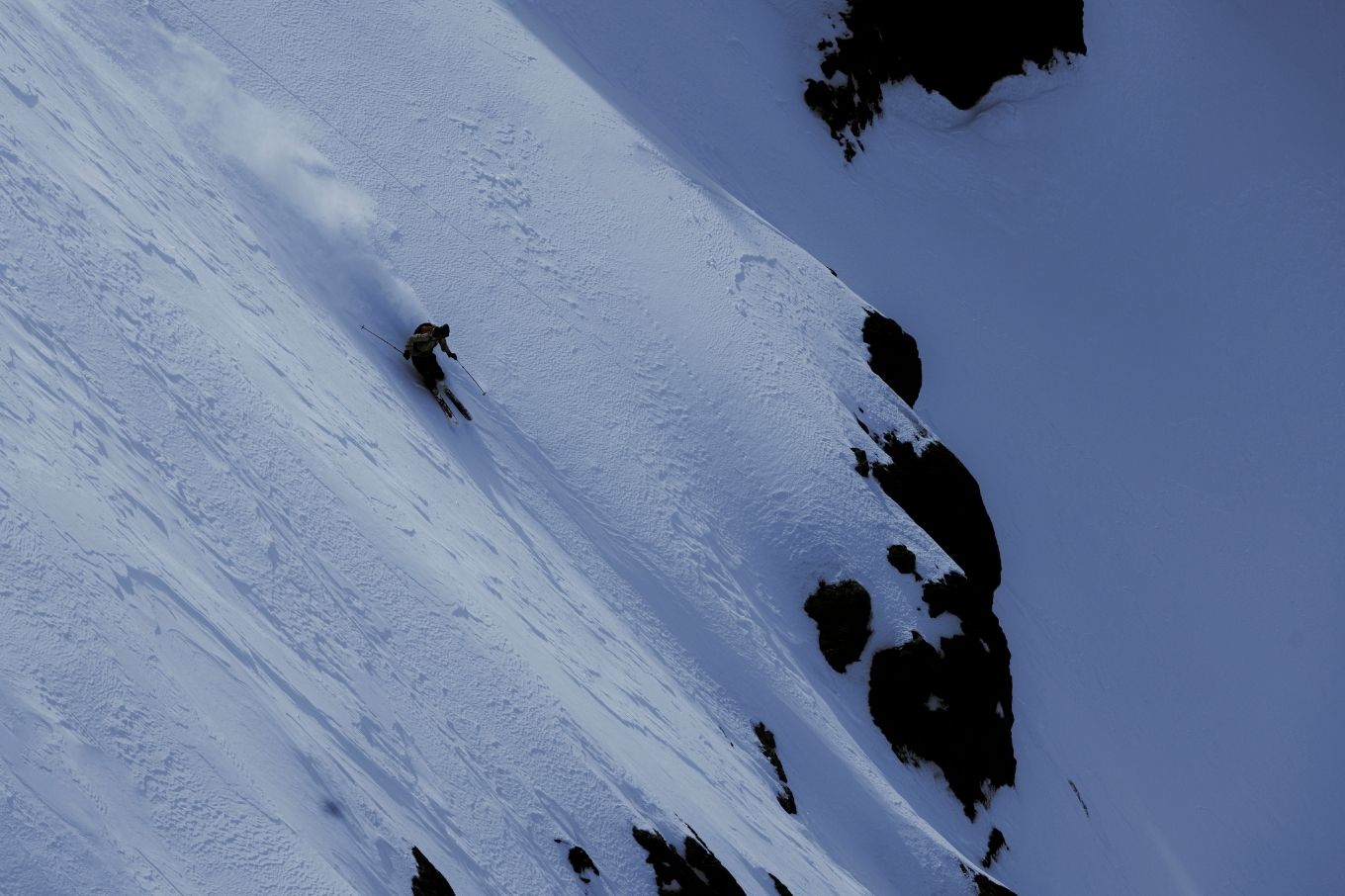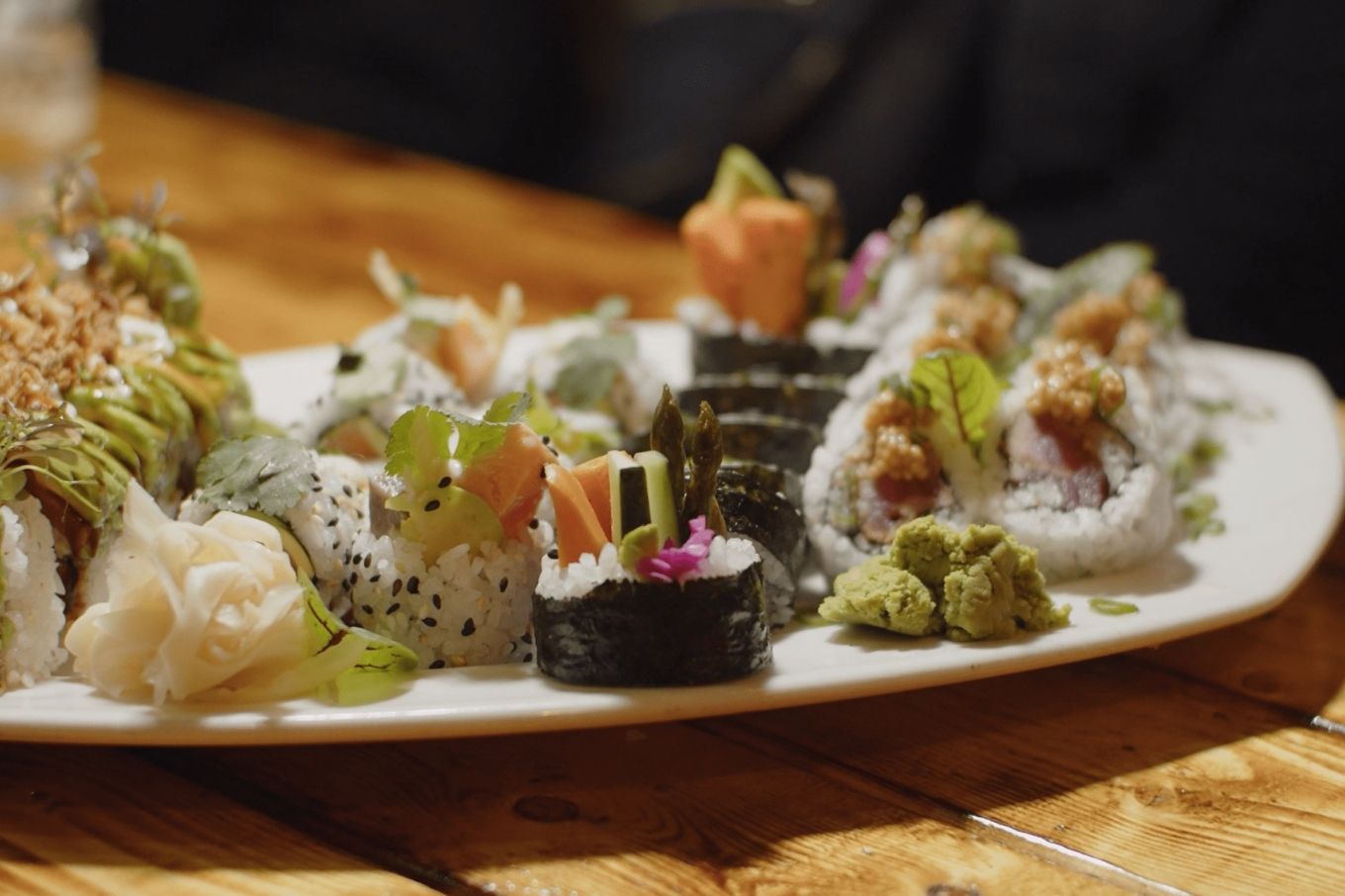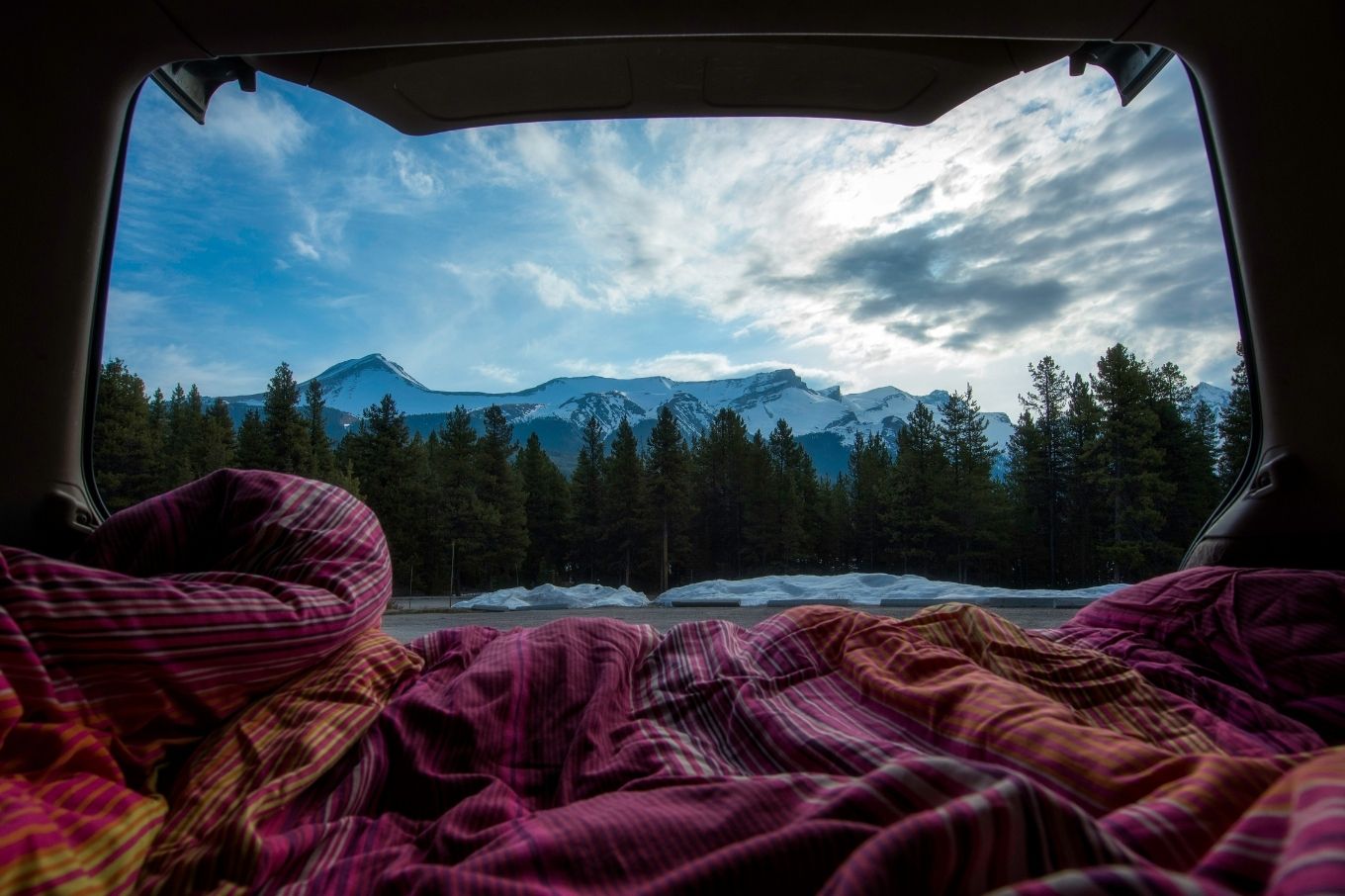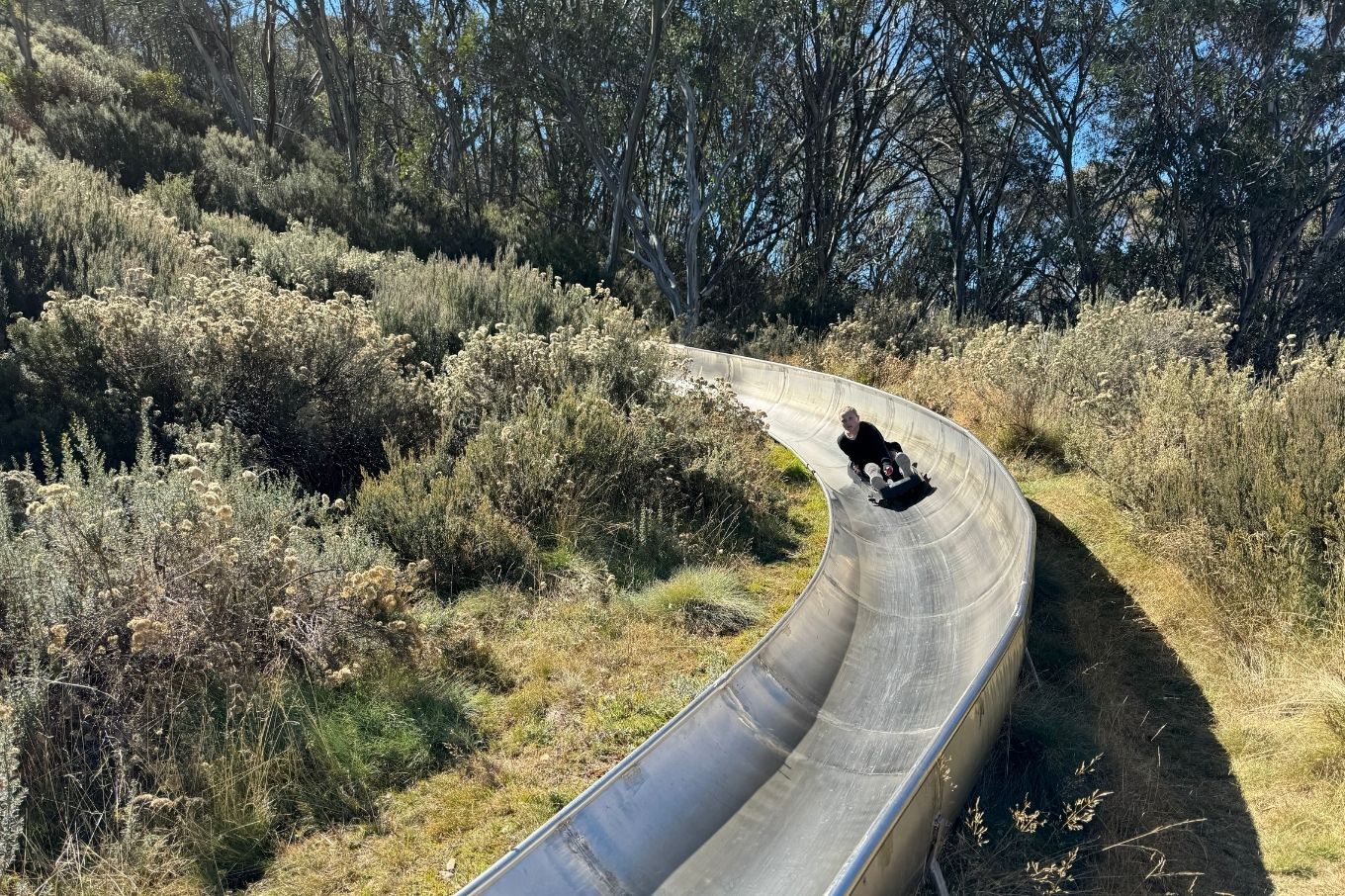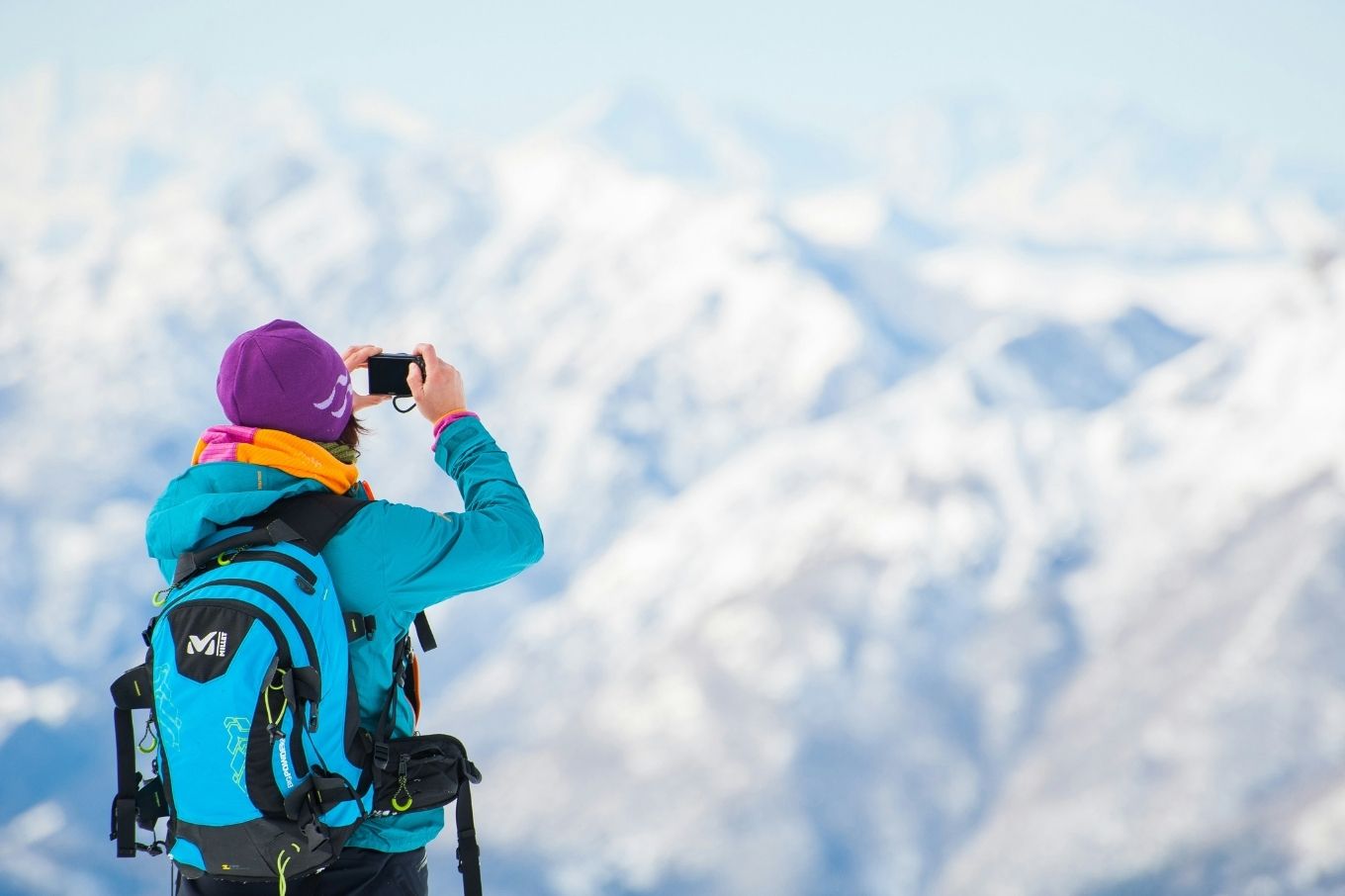Living Life In The Air and on Terra Firma
Aerial snow skiing is a sport that combines athleticism, acrobatics, and the courage to flip over an unforgiving icy ramp. Danielle Scott has conquered this trifecta and is a gorgeous human being who brings perspective, humour and balance to the sport. I caught up with this triple Olympian as she took a well-deserved break from a huge season competing overseas.
“It took a week for it to sink in”
This 34-year-old former gymnast admits winning the World Cup Crystal Globe, the highest honour in the aerial skiing discipline, was a whirlwind experience for her. Intense competition and constant international travel, one less coach, lost ski bags (for 4 months), chairlift grease all over the team uniform, injuries and extreme weather conditions are just some of the variables this lifestyle demands.
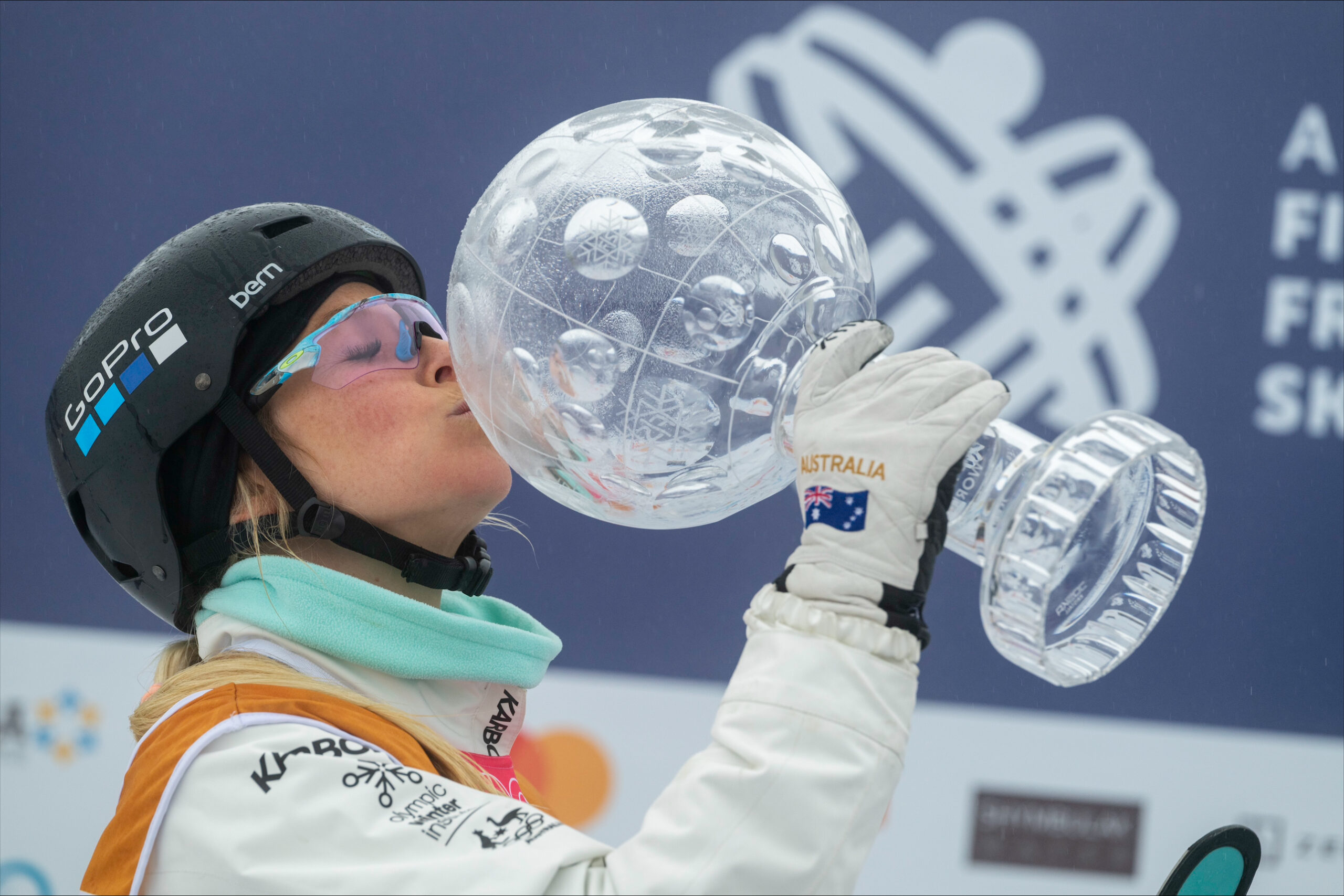
“A large part of aerials is strategy. You can’t just repeat the same jump and there are endless variations of jumps”.
Aerials is a judged event in which athletes perform four jumps in a series of elimination rounds including somersaults with or without twists. Each jump can reach heights of 10 to 15 metres during competition and must be different jumps by at least one somersault or twist. Athletes have to keep their bodies straight in the air and judges evaluate take off height, distance, form, twisting technique and landing precision. The number of events change every season and without Belaus and Russia this year the pressure was higher to make every event and every jump count.
Weather can be a major influence on an aerial skier’s performance, so it must be taken into account when planning a jump. Athletes can soar into any conditions from heavy snow or strong winds, forcing them to quickly adapt. “In China the conditions were horrendous, the wind was terrible and then it died off right when I skied, which then meant I had too much speed. Then rain came which brought warm conditions so it’s very difficult to manage the conditions and all the variables consistently”, Danielle says.
Understandably, a coach’s role is fairly vital to the success of an athlete’s performance. Coaches can stand at the side of the jump and help with strategizing as well as other support to an athlete. “ David Morris was my coach last year and everything was great, so at the start of this season, not having him (with the team) felt like taking a huge gamble. We were able to still get good results without him though, which was an absolute blessing”.
At Olympic and World champion level, Danielle’s flips, including her triple flip (twisting 3 times in mid-air) look easy-breezy, but they’re a result of endless hours of training and not just practicing the flips themselves. “Weight training is important for preventing injury, when you’re skiing up to 70 km per hour for triples then flying ten plus metres up in the air you need to be strong. And you need to be able to function well in high altitudes”.
Danielle often shares her gym routines on social media, and it’s fascinating to see the body strength needed and the training and dedication that goes into becoming a champion. It also serves as a great reminder of the importance of fitness and strength for everyone and Danielle’s clean jumps, strong core exercises, weights and conditioning combos are inspiring.
“This is going straight to the pool room!”
Back home Danielle celebrated her Crystal Globe win, the same way she did last year, heading down to her local ‘The Recky’ (locals recreation club) and using the trophy as an oversized cup, drinking straight from it! It’s a moment that captures the appreciation of the work that has gone into the win, the honour of the Crystal Globe and a bit of Aussie fun to make light of important situations.
Danielle is enjoying the present moment but also has her sights set on the future. During her off-season downtime, she is building a house and planning to launch her own clothing line, which is very exciting. “It will feel like mere minutes before next season rolls around again so my plan is to head back for pre-season training in November ”. Before spending November in Finland she will also spend 4-5 months training in Brisbane. These relatively new water ramps (Geoff Henke Olympic Winter Training Centre) are growing in popularity for Australian as well as international athletes.
There’s certainly not a lot of downtime in this profession, it makes every success all the sweeter for it, and Danielle retains a positive mindset, taking the good with the bad and embracing failures as opportunities for growth.
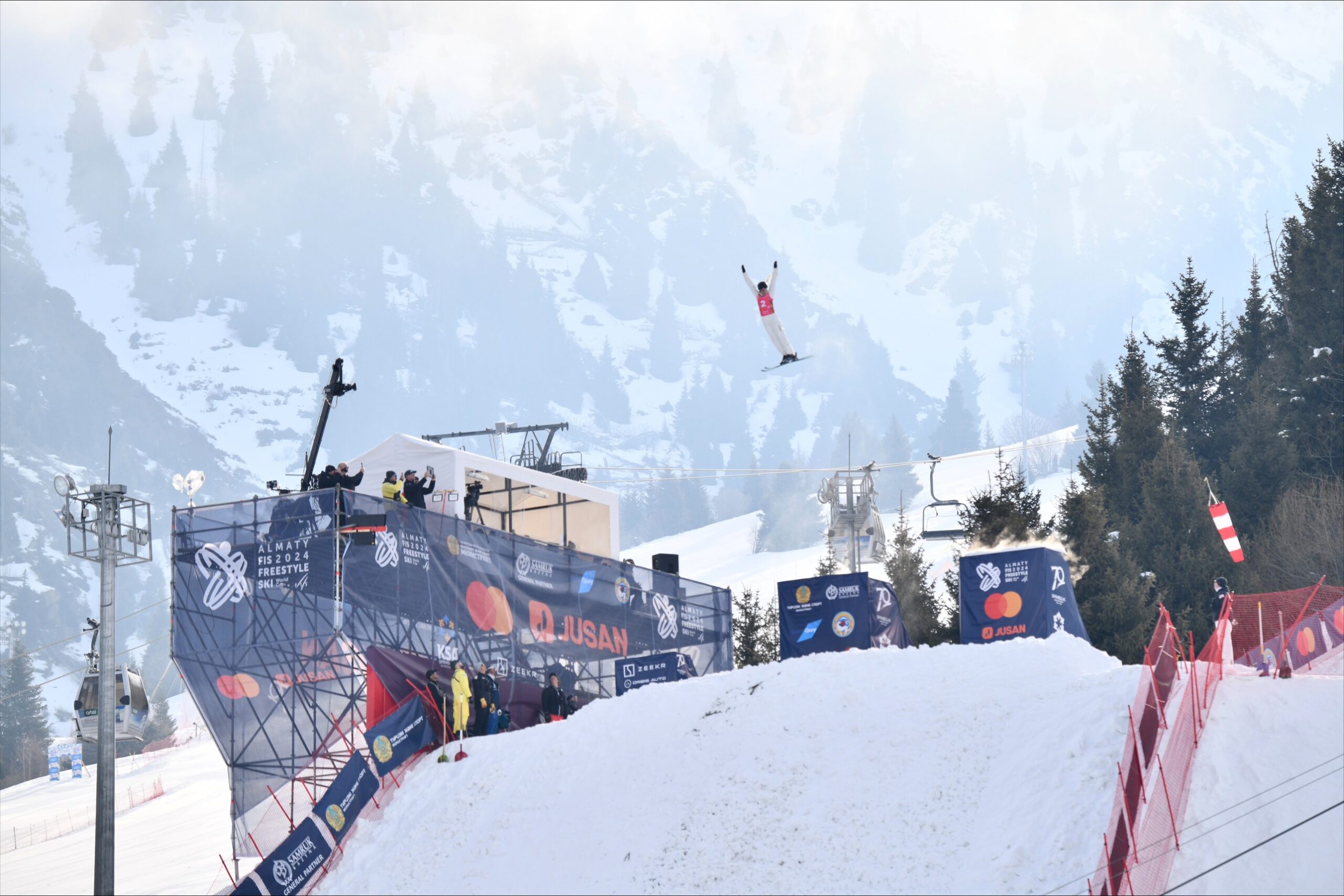
“A lot of hard work & commitment goes into this lifestyle, you miss out on so many things with friends and family having to travel so much, you really have to be disciplined and motivated”. She says she learns a lot when injured and sees it as a chance to watch everyone else compete and train. An amazingly levelheaded woman and we can’t wait to watch what she achieves next.

